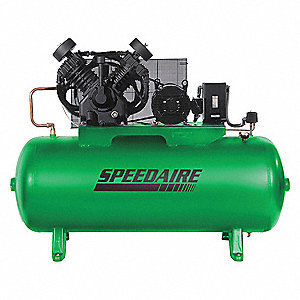HOW DOES A HEAT PUMP WORK ?
- danielrobinson
- Nov 24, 2019
- 2 min read
The pump captures heat from the air, water or soil and increases its temperature to provide a heating system.
Take the example of an air pump:
Driven by a fan, the outside air passes through a network of pipes in which a refrigerant circulates at low pressure. Due to its very low temperature this liquid captures the heat of the air even at negative outside temperatures. This heat supply causing its boiling, It then goes into the gaseous phase.
Thus heated a first time, it then goes into a compressor that aims to circulate the fluids, but especially to increase the pressure of the gas.
This compression allows the gas to heat up a second time:
The increase in pressure causes an increase in temperature.
You can see this by doing the same with a bike pump: the compressed air is warmer than the ambient air
Back to our heat pump, the increase in the pressure of the gas by the compressor has allowed it to heat up a second time: it reaches a temperature sufficient to heat a home, Be warming indoor air in the case of an air / air pump is by heating the water of a radiator network for example in the case of an air / water pump.
By transmitting its heat to the heating network, the gas is cooled and returned in liquid form.
It will then reach the expansion valve (a pressure reducer) It is a narrow orifice in which its pressure will be lowered quickly, thus reducing its temperature.

The cycle then starts again
It can be noted that during the changes of states of the refrigerant gas, there is a transfer of energy, the energy being the heat:
when it goes from liquid to gaseous state, in the evaporator, it absorbs energy
when it passes from the gaseous state to the liquid state, in the capacitor, it releases energy
Heat pumps can also be used as air conditioning
The circuit then operates in the opposite direction, the inner part of the house then becomes evaporator and the outer part becomes condenser.
The heat pump, because it captures the external heat energy, ensures heating while consuming less energy than conventional heating. Be careful, however, to make sure of its installation by an authorized professional: indeed even if progress has been made, the refrigerant used is a very powerful greenhouse gas: there must be no leakage during of the installation.



Comments